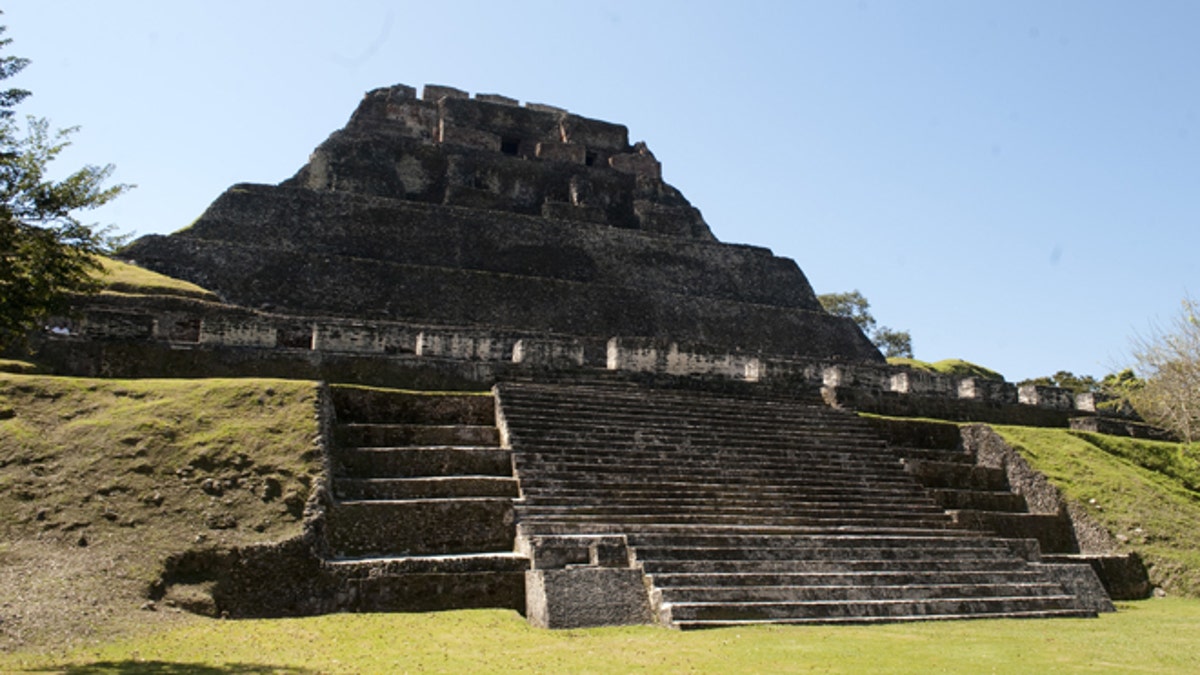
BENQUE VIEJO DEL CARMEN, BELIZE - MARCH 03: Prince Harry visits Xunantunich Mayan Temple on March 3, 2012 in Benque Viejo del Carmen, Belize. The Prince is visiting Belize as part of a Diamond Jubilee tour where he will be visiting Belize, the Bahamas, Jamaica and Brazil as a representative of Queen Elizabeth II. Belize is a Commonwealth realm with a population of around 350,000 and boasts the second longest barrier reef in the world. With much of the country covered in tropical jungle and a diversity of wildlife, Belize relies heavily on tourism. (Photo by Mark Large - WPA Pool /Getty Images) (2012 Getty Images)
New research suggests that the prolific Mayan civilization of the Americas may have been wiped out by a drought.
According to a study conducted by a team led by André Droxler, an earth scientist at Rice University in Houston, the Mesoamerican civilization’s decline is linked to a lack of water to feed its crops.
Droxler and his team have come to this conclusion by studying underwater sediments off the coast of Belize. The group of scientists extracted minerals from Belize’s famous underwater cave known as the Blue Hole and the lagoons that surround it, and discovered that the region went through a drought between A.D. 800 and A.D. 900 — the same period that coincides with the Mayan decline.
The Great Blue Hole is "like a big bucket," Droxler said, according to the Washington Post. "It’s a sediment trap."
While the Mayans' most famous ruins lay in the civilization’s heartland in modern-day Guatemala, they expanded their territory across parts of Central America (i.e. Belize) and even up into Mexico’s Yucatán peninsula.
The researchers also found that in the two centuries in which Mayan society began its decline, the region was hit by only one or two tropical cyclones every two decades as opposed to the usual five or six. While cyclones – or hurricanes – can wreak havoc on regions, they can also dump massive amounts of water on the land that in turn irrigate crops and keep pre-industrial societies from starving.
"When you have major droughts, you start to get famine and unrest," Droxler said, according to Time.
The work by Droxler and his team backs up a 2012 study in the journal Science that analyzed a 2,000-year-old stalagmite from a cave in Belize and also "found that sharp decreases in rainfall coincided with periods of decline in the culture."
